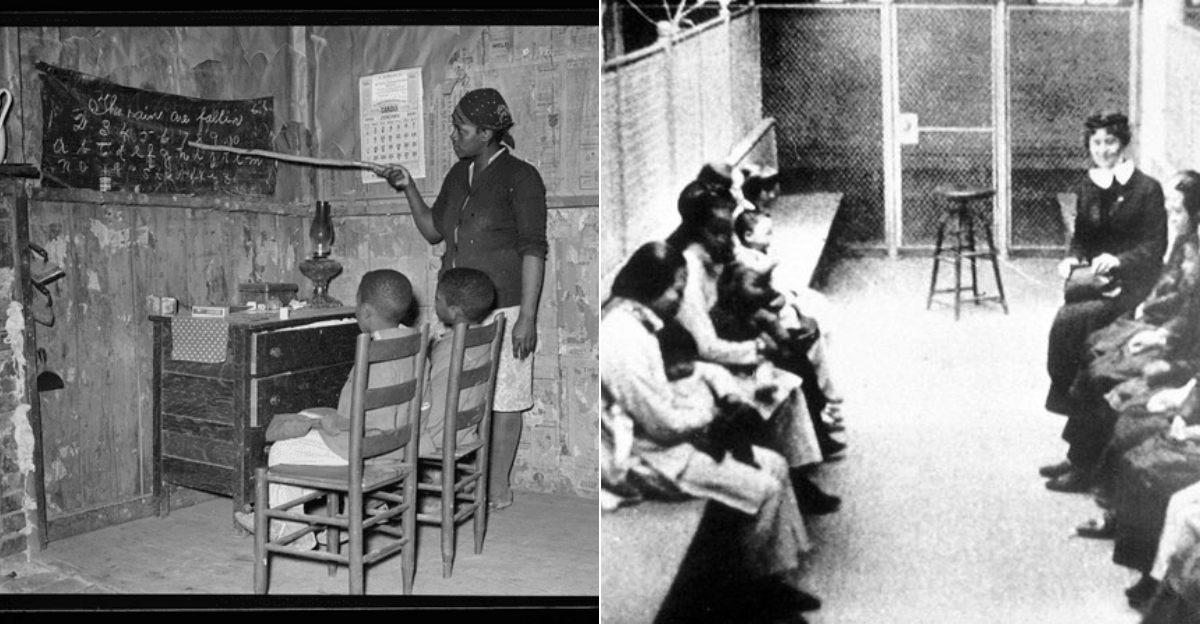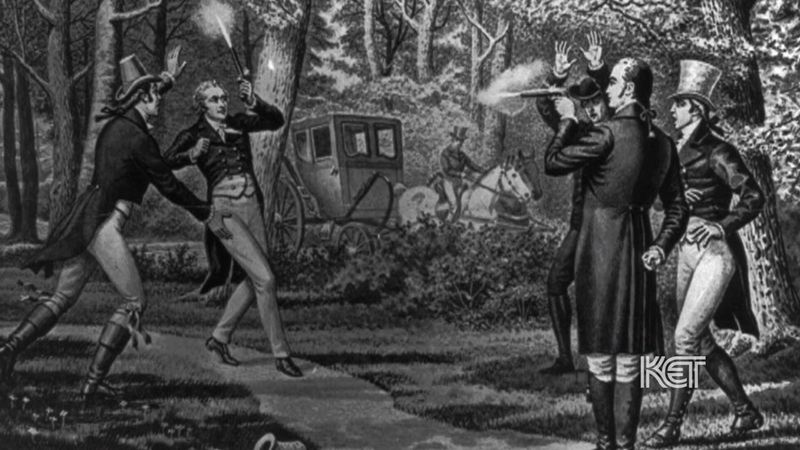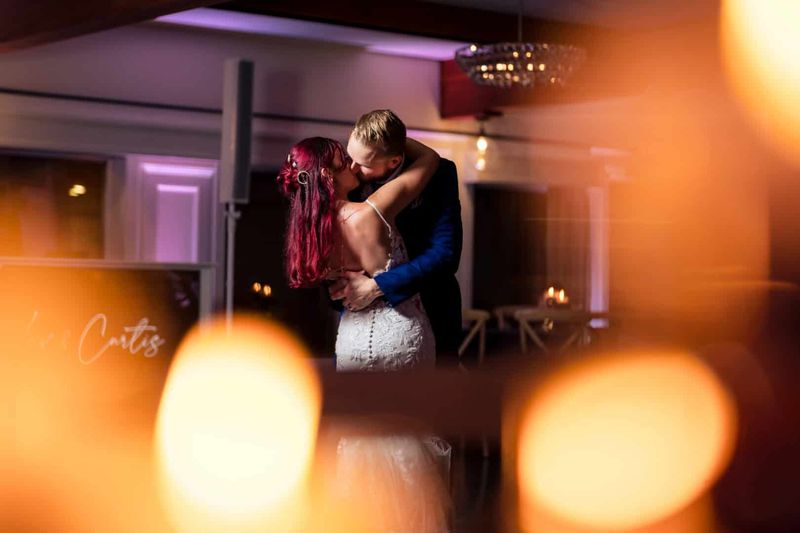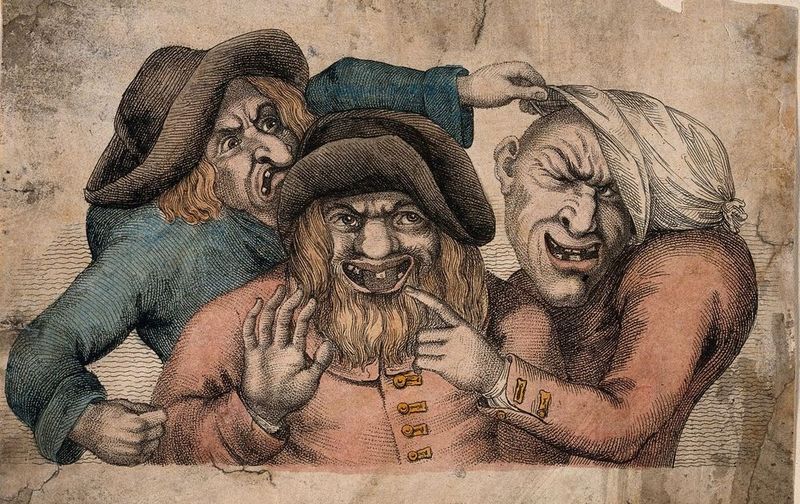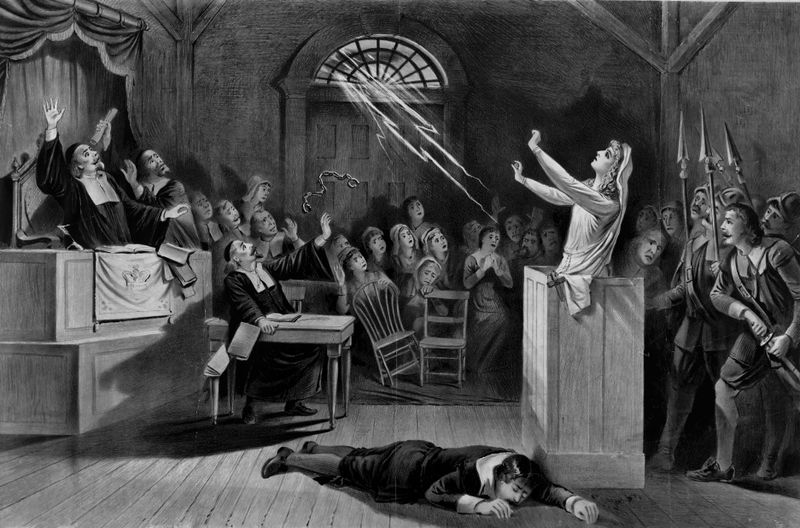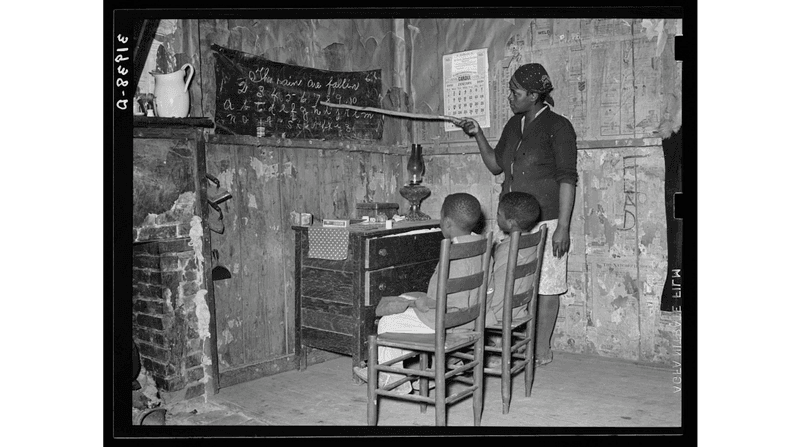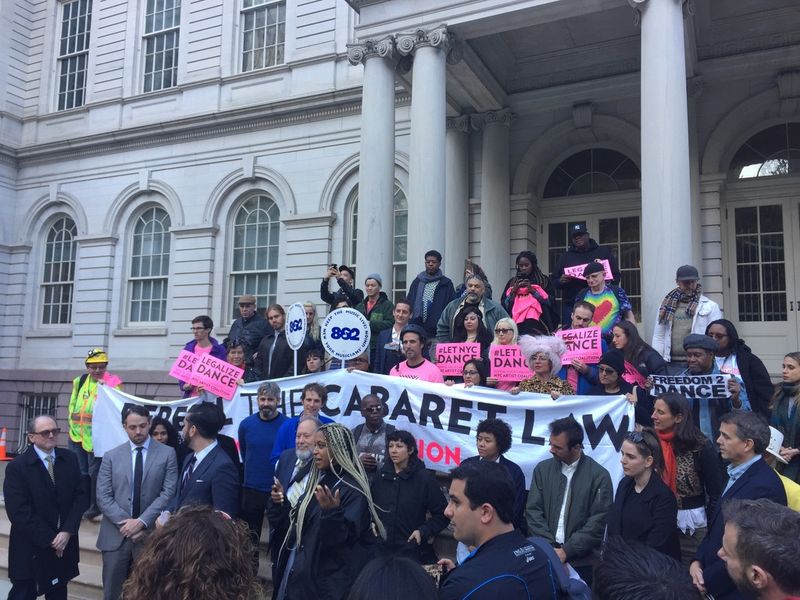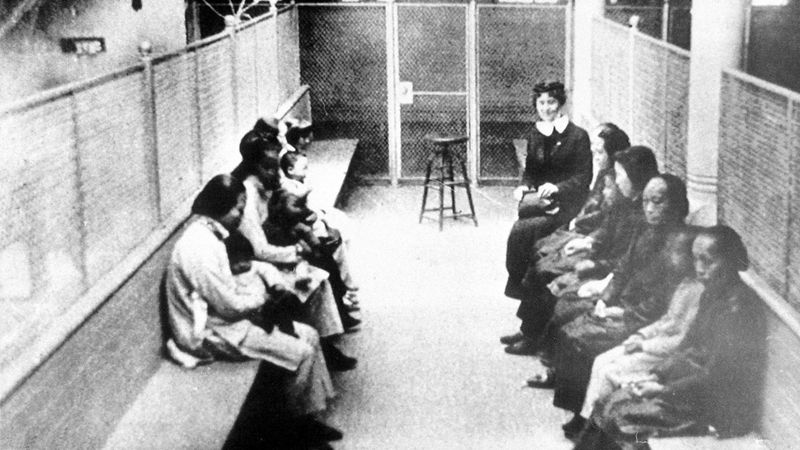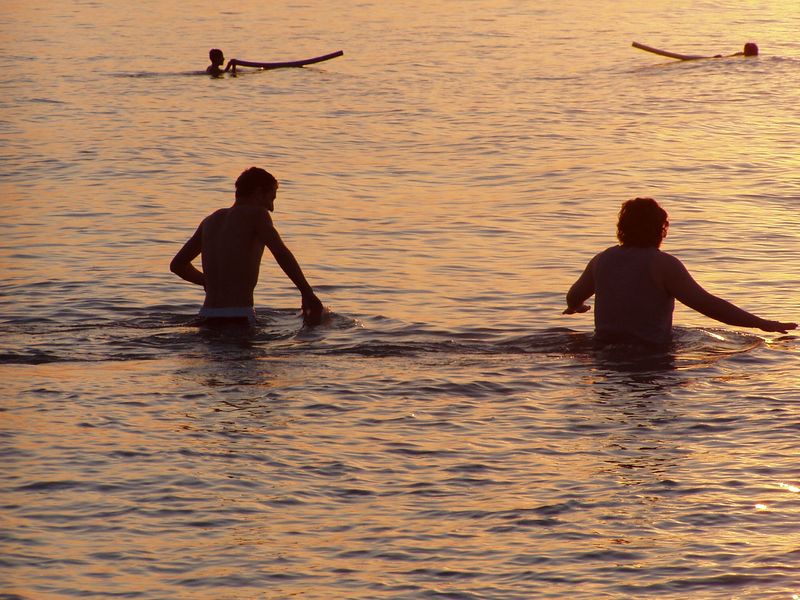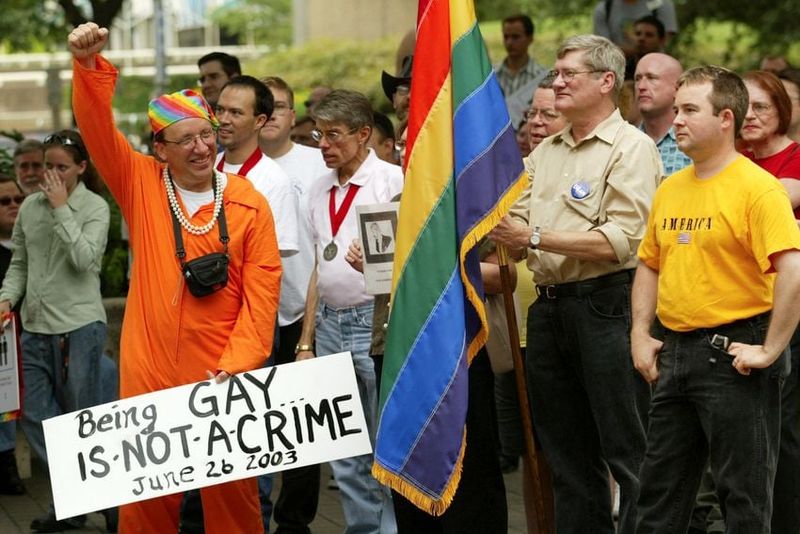Explore a collection of bizarre historical American laws that seem downright strange today. From prohibitions against public displays of affection to peculiar sartorial restrictions, these laws offer a fascinating glimpse into a bygone era. Each item on this list reveals the curious legal landscape of past American life.
1. No Ice Cream on Sundays (Georgia)
In early 20th-century Georgia, some towns enforced a peculiar ban on ice cream sales every Sunday. This law aimed to uphold the sanctity of the Sabbath, viewing ice cream as a decadent luxury unsuitable for the Lord’s Day. The rule reflected broader societal norms that prioritized religious observance over everyday indulgences. It’s curious to imagine eager children and adults alike, yearning for a sweet treat, thwarted by such an unusual restriction. Today, this law stands as a reminder of how cultural values shape legal dictates, often in whimsical ways. Despite its well-intentioned origins, it seems particularly quaint today.
2. Must Smile at All Times (Pocatello, Idaho)
In 1948, Pocatello, Idaho, introduced a tongue-in-cheek ordinance mandating that citizens must smile at all times. This playful law emerged as a lighthearted response to a particularly harsh winter, intended to lift communal spirits. Despite its humorous intentions, the law technically remained in effect for decades, lending an amusing air to a town known for its cheer. While clearly never enforced with any seriousness, it highlights a community’s desire to encourage positivity and camaraderie through unconventional means. This unique approach to legislation, marked by a wink and a nod, is fondly remembered as a quirky historical tidbit.
3. Banned: Women Wearing Pants (Various States)
During the mid-20th century, some American cities, including Los Angeles, enacted laws prohibiting women from wearing pants in public. These laws were rooted in outdated notions of gender roles, where pants were seen as exclusively masculine attire. Defying such norms often meant facing social and legal consequences. Courageous women who challenged these restrictions played pivotal roles in advancing gender equality, reshaping societal perceptions of femininity. This dress code, while reflecting the era’s rigid ideas, highlights the ongoing struggle for women’s rights and freedoms. The prohibition serves as a stark reminder of past prejudices in sartorial choices.
4. Dueling Was Once Legal (Kentucky & Others)
In the 1800s, states like Kentucky legally permitted dueling as a formal means of resolving disputes. This practice was especially common among politicians and gentlemen, reflecting a time when personal honor dictated public conduct. Though dangerous and often fatal, dueling was woven into the fabric of legal and social norms, granting individuals a peculiar form of justice. The eventual outlawing of dueling marked a shift towards more civilized conflict resolution methods. The tradition, romanticized in literature and lore, underscores a daring yet perilous aspect of American history, where bravado and honor were paramount values.
5. Public Kissing Curfews (Connecticut)
In historical Connecticut, some towns enforced curfews on public displays of affection, including kissing, particularly on Sundays or after dark. These laws aimed to uphold moral decency, reflecting societal concerns about propriety and public behavior. The restrictions, though seemingly quaint today, reveal a past preoccupation with regulating personal conduct. Couples had to navigate these curfews, infusing romance with a sense of rebellion. Such laws serve as intriguing glimpses into the stringent social norms that once dictated even the most personal aspects of life, illustrating the evolving nature of privacy and public morality.
6. Native American Religion Outlawed (Federal Law)
Until the American Indian Religious Freedom Act of 1978, federal laws curtailed Native American spiritual practices. This prohibition extended to sacred ceremonies, dances, and the use of traditional herbs like peyote. Such restrictions reflected broader efforts to assimilate Native peoples, disregarding their rich cultural heritage and religious rights. The ban exemplifies a history of cultural suppression, highlighting the struggle for recognition and freedom. The eventual reversal of these laws marked a crucial step towards honoring diverse spiritual traditions. This legal journey underscores an enduring quest for cultural preservation and respect within a pluralistic society.
7. Segregated Swimming Pools (Southern States)
During the era of Jim Crow, Southern states enforced racial segregation across public facilities, including swimming pools. Black Americans were either banned or relegated to separate, often inferior pools. These laws institutionalized racial discrimination, reflecting deep-seated prejudices and systemic inequality. The segregation of swimming pools, a stark symbol of racial division, underscored broader societal injustices. Despite the oppressive nature of these laws, communities of color continued to fight for civil rights and equal access. The desegregation of public spaces marked a significant victory in the broader struggle for racial equality and justice in America.
8. “Ugly” People Banned from Public (Chicago, 1881)
In 1881, Chicago enacted an ordinance targeting individuals deemed “diseased, maimed, mutilated, or deformed” from public spaces. Dubbed the “Ugly Law,” it aimed to protect public aesthetics, reflecting a superficial approach to urban management. This law, grounded in prejudice, marginalized those with disabilities or physical differences. Though repealed, it highlights a troubling history of exclusion based on appearance. The regulation’s absurdity underscores past societal attitudes towards beauty and imperfection. Examining such laws reveals the evolving understanding of human dignity and the ongoing fight against discrimination in public policy and perception.
9. Witchcraft Was a Crime (Massachusetts)
Massachusetts, infamous for the Salem Witch Trials, criminalized witchcraft well into the early 1800s. This legal stance reflected widespread paranoia and superstition, often targeting women, healers, and midwives. The fear of witchcraft served as a tool for social control, enforcing conformity and silence. Trials and accusations disrupted communities, leading to imprisonment or worse for the accused. The witch trials are a poignant reminder of how fear can distort justice and reason. They highlight the dangers of scapegoating and mass hysteria, emphasizing the need for rationality and empathy in legal processes.
10. It Was Illegal to Teach a Slave to Read (Southern States)
In the antebellum South, slave codes made teaching enslaved individuals to read a criminal offense. These laws, driven by fear of rebellion and empowerment, sought to maintain control over enslaved populations by denying them educational opportunities. Literacy was seen as a path to freedom and self-determination, and thus, a threat to the institution of slavery. Despite the risks, secret efforts to educate persisted, highlighting the unyielding pursuit of knowledge and autonomy. These draconian laws underscore a dark chapter in American history, where education was weaponized against oppressed communities, further entrenching systemic inequality.
11. Dancing Banned Without a Permit (New York City Cabaret Law)
From 1926 to 2017, New York City required venues to have a special license for dancing, under the Cabaret Law. Initially targeting jazz clubs, this law was often used as a tool to regulate nightlife and suppress minority communities. The requirement placed a significant burden on venues, stifling creative expression and cultural diversity. Over time, the law became a symbol of outdated regulation, highlighting tensions between governance and artistic freedom. Its eventual repeal marked a victory for nightlife enthusiasts and artists, celebrating the city’s vibrant cultural landscape. The Cabaret Law’s legacy remains a point of reflection on urban policy.
12. “Leper Colonies” for the Diseased (Louisiana, 1800s)
In the 1800s, Louisiana, among other places, established leper colonies, forcibly isolating individuals with leprosy. These settlements, like Carville, were designed to contain the disease, reflecting limited medical understanding and societal fear. The residents, labeled as outcasts, faced severe social and emotional isolation. Leprosy, stigmatized and misunderstood, led to harsh public health policies that prioritized containment over compassion. The history of these colonies underscores the need for empathetic approaches to healthcare. As medical science advanced, the inhumanity of such measures was recognized, setting a precedent for more humane treatment of contagious diseases.
13. Chinese Exclusion Act (1882)
The Chinese Exclusion Act of 1882 was a federal law prohibiting Chinese laborers from immigrating to the United States. This racially discriminatory policy arose from economic anxieties and xenophobic sentiments, marking the first significant restriction on immigration based solely on nationality. The act severely limited Chinese community growth and curtailed cultural exchange. Its enforcement reflected broader exclusionary practices that marginalized Asian populations. The eventual repeal of the act signaled a positive shift towards more inclusive immigration policies. This historical law remains a stark reminder of past prejudices, urging continual advocacy for equitable treatment of all immigrants.
14. No Bathing in Public Water After 6PM (Indiana)
In Indiana, laws once prohibited bathing in public water sources, like lakes and rivers, after 6 PM. This regulation, partly driven by moral concerns, aimed to prevent indecent exposure and maintain public decorum. The law reflected societal values that prioritized modesty over practicality, especially during warmer months. Such restrictions seem peculiar today, yet they provide insight into historical attitudes towards public behavior and decency. The regulation evokes images of sunlit picnics abruptly ending with the setting sun, a quaint notion by modern standards. This law exemplifies how time and culture reshape perceptions of propriety and public space usage.
15. Homosexuality as a Crime (Nationwide)
Until the landmark Supreme Court case Lawrence v. Texas in 2003, consensual same-sex acts were criminalized under sodomy laws in many states. These laws reflected deep-seated societal prejudices and contributed to the marginalization of LGBTQ communities. The criminalization of private, consensual relationships highlights a painful aspect of legal history, where personal freedoms were curtailed by discriminatory policies. The eventual repeal of these laws marked significant progress in the fight for LGBTQ rights, symbolizing a broader societal shift towards acceptance and equality. This legal transformation underscores the ongoing journey towards justice and human rights for all individuals.
